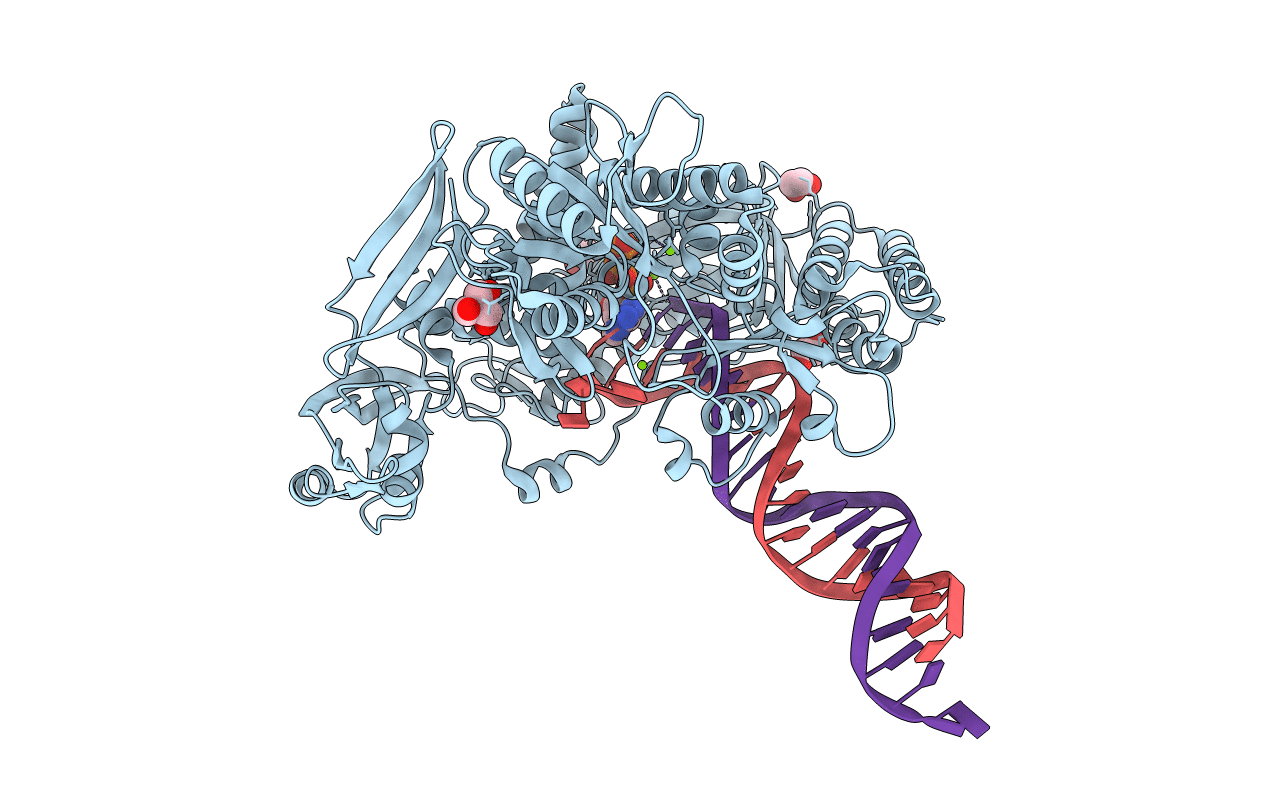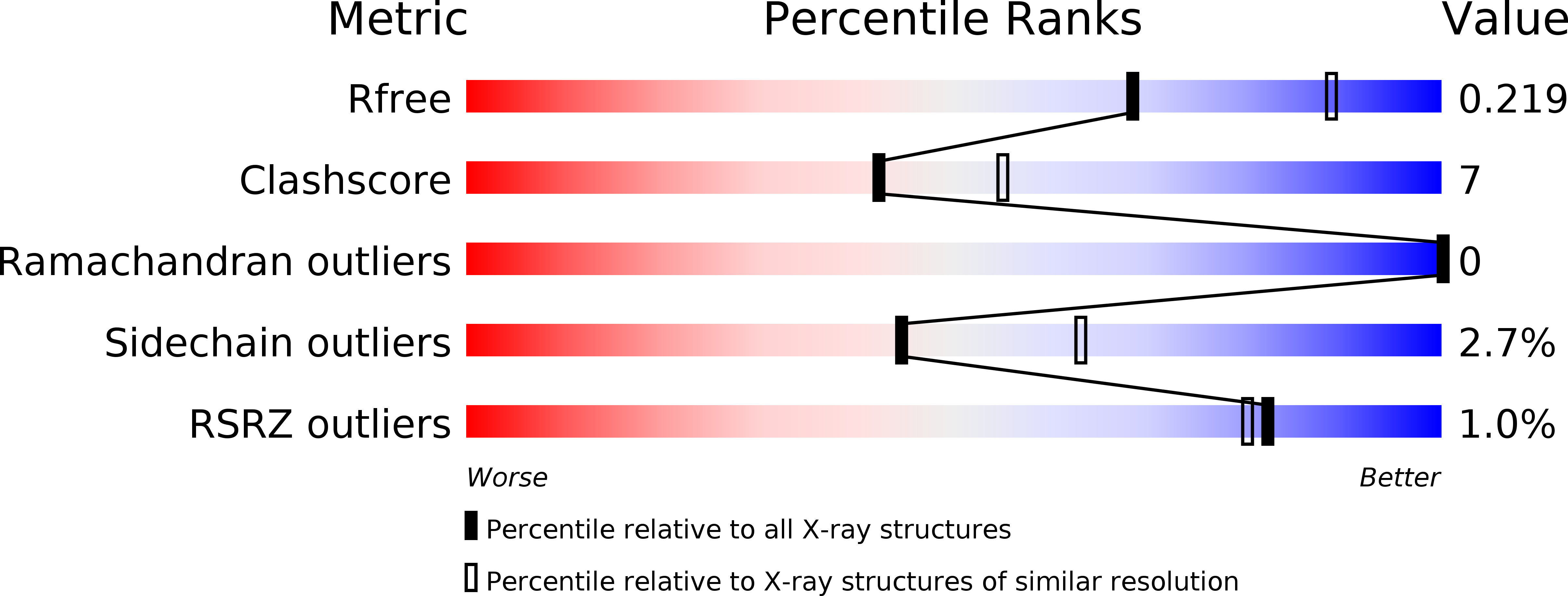
Deposition Date
2020-05-12
Release Date
2020-08-19
Last Version Date
2023-10-18
Entry Detail
PDB ID:
6WYA
Keywords:
Title:
RTX (Reverse Transcription Xenopolymerase) in complex with a DNA duplex and dAMPNPP
Biological Source:
Source Organism:
Host Organism:
Method Details:
Experimental Method:
Resolution:
2.41 Å
R-Value Free:
0.21
R-Value Work:
0.16
R-Value Observed:
0.16
Space Group:
P 21 21 21


